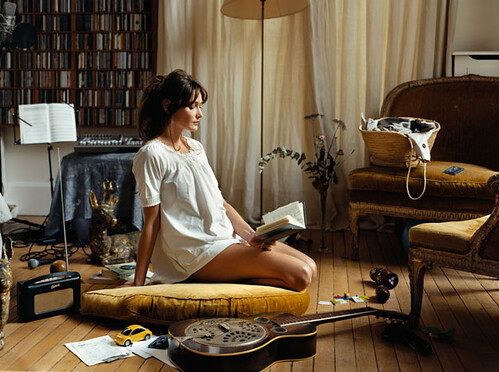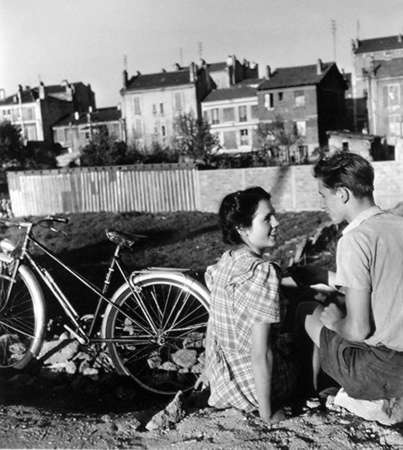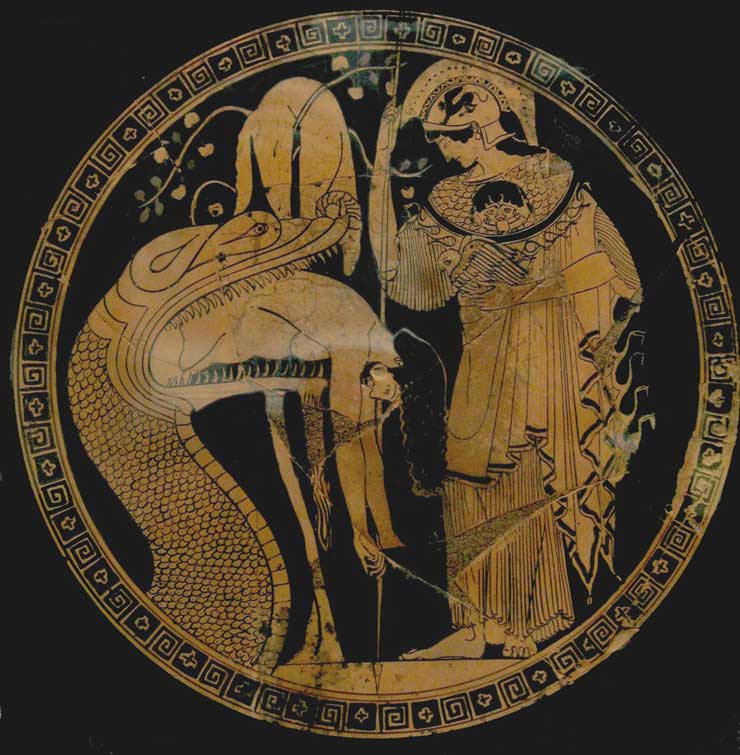Un vistazo a la literatura castellana disponible en Belgrado, a propósito de mi reciente viaje a Serbia. Publicado originalmente en el "Blog de la redacción" de Letras Libres esta tarde. Tan pronto como aterrizo en Belgrado, comienzo a pasar revista a los autores hispanoamericanos disponibles en traducción. La situación de las librerías vale ya una mención particular. Se concentran en el centro de la ciudad, como si sitiaran los edificios de la universidad. Por ahí se deja descubrir a modo de incipiente
occidentalización una librería inglesa, pero, en realidad, todas son locales, con una reducida oferta en lenguas extranjeras: “Mamut” –por un esqueleto elefántido descubierto ahí abajo–, “Prosveta” –la legendaria
librería-editorial de Geca Kon–, “Dereta”, “Narodna Knjiga”... Me parece un trabajo mayor esto de traducir(lo todo) a un idioma con una población total de 13 millones.
Mi primera librería se llama “Plato” (“Плато”). Una sucursal está en la calle Knez Mihailo, la otra adosada a la Facultad de Filosofía, a tres pasos del Instituto Cervantes. Sin supersticiones ni aspavientos encuentro significativo que la calle más entrañable de la ciudad esté encabezada por la Biblioteca Nacional y flanqueada por librerías, la Facultad de Artes, alguna galería, institutos culturales de España, Francia, Inglaterra, Alemania, además de las típicas kafanas, esos cafés modestos a donde concurren las cartas y la conversación.
De entrada, García Márquez, por mucho el autor más vendido, me cuentan. Alegra ver entre los estantes a Cortázar y Borges. En serbocroata se transcriben los nombres siguiendo la regla estricta de la fonética: “escribir tal como se oye”. Así, Cortázar será Kortasar y Borges es Borhes. De pronto salta a la vista con el furor de la fosforescencia “El búfalo de la noche”. Por ahí aparece también algo del salvadoreño Horacio Castellanos Moya y algo del cubano Pedro Juan Gutiérrez. No hay mucho más para escoger
En la otra filial pregunto por Octavio Paz. Hace años se agotó y no se ha reeditado, pero ¡qué bueno es! –dicen con entusiasmo–, claro que lo conocemos. ¿Qué autores nos sugerirías agregar a nuestro catálogo? Podríamos hablar con los traductores y arreglar algo. Una antología de cuentos latinoamericanos me distrae antes de que pueda garabatearles algunos nombres. En el índice de Otkačene priče (algo así como Historias insólitas, 2008) aparecen Juan José Arreola, Jorge Volpi y David Toscana entre los compatriotas, además de Augusto Monterroso, Edmundo Paz Soldán, Alberto Fuguet, Osvaldo Soriano, y otros. Como portada, una foto de la renombrada Goranka Matić: un coche color panterarrosa en lo que parece un malecón cubano. Los compiladores-traductores son un matrimonio radicado en Buenos Aires, Branko Anđić y Ljiljana Popović-Anđić. Me ayudan a traducir el prólogo: Europa está muy atareada en su quehacer revisionista del siglo veinte, y sólo de otros lados –dígase India, América, África– sí llegan bocanadas frescas de aire. De ahí la necesidad de traducir estos cuentos agrupados temáticamente: cuentos de dinosaurios y cuentos de nietos. Curiosa distribución.
La del sábado es la Noche de los Museos. Todo el mundo a la calle. Horas de pachanga que coinciden con el festival de jazz e improvisación Ring Ring. Entre otras, me interesa la exposición World Press Photo, que este año premia un proyecto de Carlos Cazalis. Llego al DOB (Dom Omladine Beograda: Centro Juvenil de Belgrado) para ver las fotos, pero antes de tomar la escalera me distrae una librería pequeñita, bien conocida por albergar editoriales independientes. Felizmente no faltan entre los estantes Ramón Gómez de la Serna ni Vargas Llosa.
 Mi joya de la noche, sin embargo, son las obras completas de Juan Rulfo editadas en 2006 por Gradac, una de las editoriales –además de Nolit– que más se ha preocupado por traducir buenos libros. Su catálogo enlista también a José Ortega y Gasset, María Zambrano, Dalí y a Ernesto Sabato, por ejemplo. Es un librito blanco, alargado, con letras negras: Huan Rulfo y luego con letras color turquesa: Sabrana dela y el desglose más abajo: Pedro Paramo / Dolina u plamenu. Para la publicación se trabajó al alimón con la Fundación Radoje Tatić. El nombre de Tatić importa, pues aparentemente fue uno de los primeros en interesarse por nuestras literaturas y quien llevara a los Balcanes en épocas tempranas a autores de lengua castellana. Tradujo a Paz (El arco y la lira), a Asturias, a Neruda, a Borges, a Cortázar... Buen conocedor de Rulfo, supo entenderlo, aquilatarlo, y también lo tradujo ya en 1966. Todo Rulfo por 594 dinares, unos 110 pesos.
Mi joya de la noche, sin embargo, son las obras completas de Juan Rulfo editadas en 2006 por Gradac, una de las editoriales –además de Nolit– que más se ha preocupado por traducir buenos libros. Su catálogo enlista también a José Ortega y Gasset, María Zambrano, Dalí y a Ernesto Sabato, por ejemplo. Es un librito blanco, alargado, con letras negras: Huan Rulfo y luego con letras color turquesa: Sabrana dela y el desglose más abajo: Pedro Paramo / Dolina u plamenu. Para la publicación se trabajó al alimón con la Fundación Radoje Tatić. El nombre de Tatić importa, pues aparentemente fue uno de los primeros en interesarse por nuestras literaturas y quien llevara a los Balcanes en épocas tempranas a autores de lengua castellana. Tradujo a Paz (El arco y la lira), a Asturias, a Neruda, a Borges, a Cortázar... Buen conocedor de Rulfo, supo entenderlo, aquilatarlo, y también lo tradujo ya en 1966. Todo Rulfo por 594 dinares, unos 110 pesos.
Las dependientas me cuentan también de la editorial Clio, que por ser grande no está representada ahí para privilegiar a los editores independientes. Revisando más tarde su catálogo, veo los Diarios de Frida Kahlo, La agonía del cristianismo de Unamuno, Doña Perfecta, Entre naranjos de Vicente Blasco Ibáñez, La busca de Pío Baroja, las Cartas de Bécquer, y poco más. Éste es, en suma, el panorama que se les ofrece a los belgradenses.
¿Y qué me recomiendan de por acá?, les pregunto. Está Ivo Andrić, por supuesto, el único Nobel yugoslavo. Ya conocía El puente sobre el Drina, y una amiga me regala ahora una colección de cuentos suyos. Me hablan de Danilo Kiš, autor ya conocido en nuestras latitudes. ¿Y qué más hay? Entre los contemporáneos figuran: el famoso poeta Vasko Popa –el editor de Nolit que publicó a Rulfo hace más de 40 años con poca aceptación del público–, Borislav Pekić, David Albahari, Goran Petrović, la imprescindible –para entender Belgrado– Svetlana Velmar-Janković y el montenegrino Mihailo Lalić.
De regreso, en el avión yugoslavo de JAT leo un texto sin desperdicio alguno del gran Momo Kapor. Lastimosamente se le nubló el juicio y se puso a defender a Milošević y otros criminales de guerra. En Belgrado pesa –¡uf!– el pasado tan reciente, aún presente. Para aligerarse de vez en vez, nada como emprender la fuga a un malecón tropical generoso en viento fresco para leer a Borhes y Kortasar.




































